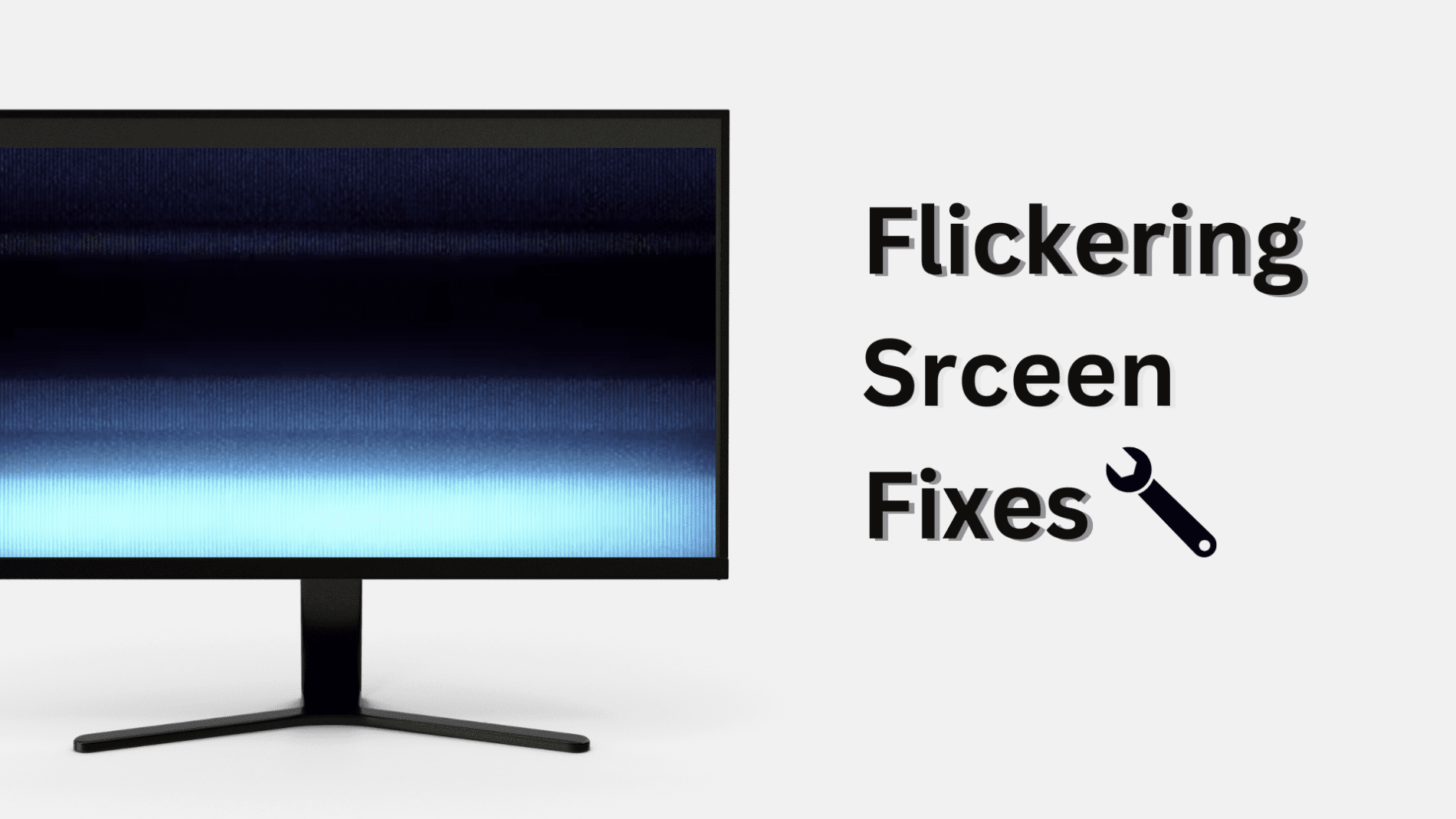334
If your screen flickers, it’s not just annoying, but it indicates a problem with your computer.
Screen flickering: possible causes
There are many reasons for a flickering screen. However, the screen itself is rarely the problem. The search for the cause can therefore take some time and patience.
- First, check the cables you are using. If they are kinked or even broken, this may already be the cause of the problem. You should replace your cables every few years.
- First, check your drivers. Outdated or incompatible drivers may be behind the problem.
- If your screen frequency is not set correctly, this can also cause flickering. The correct frequency depends on the hardware and the screen. If it is set too low, the images can no longer be displayed correctly.
- If your graphics card is damaged, this can also cause interference. The older your hardware, the more likely it is that individual components will be defective.
- Electromagnetic interference in the environment can also cause the screen to flicker. In particular, wireless systems in the vicinity can lead to problems in the display.
- If your screen is not only flickering but also slowed down, your RAM may be overloaded.
Solutions for a flickering screen
Once you have identified a source of error, the next step is to restore your device to full functionality.
- Replace any defective or damaged cables if necessary. You can also use cable sleeves to extend the durability of your cables.
- If your screen frequency is not set correctly, you can adjust it in the display settings.
- Test your hardware. Connect the monitor to a different device and check the display. This will help you to narrow down the source of the error.
- Close background programs to reduce the system load.
